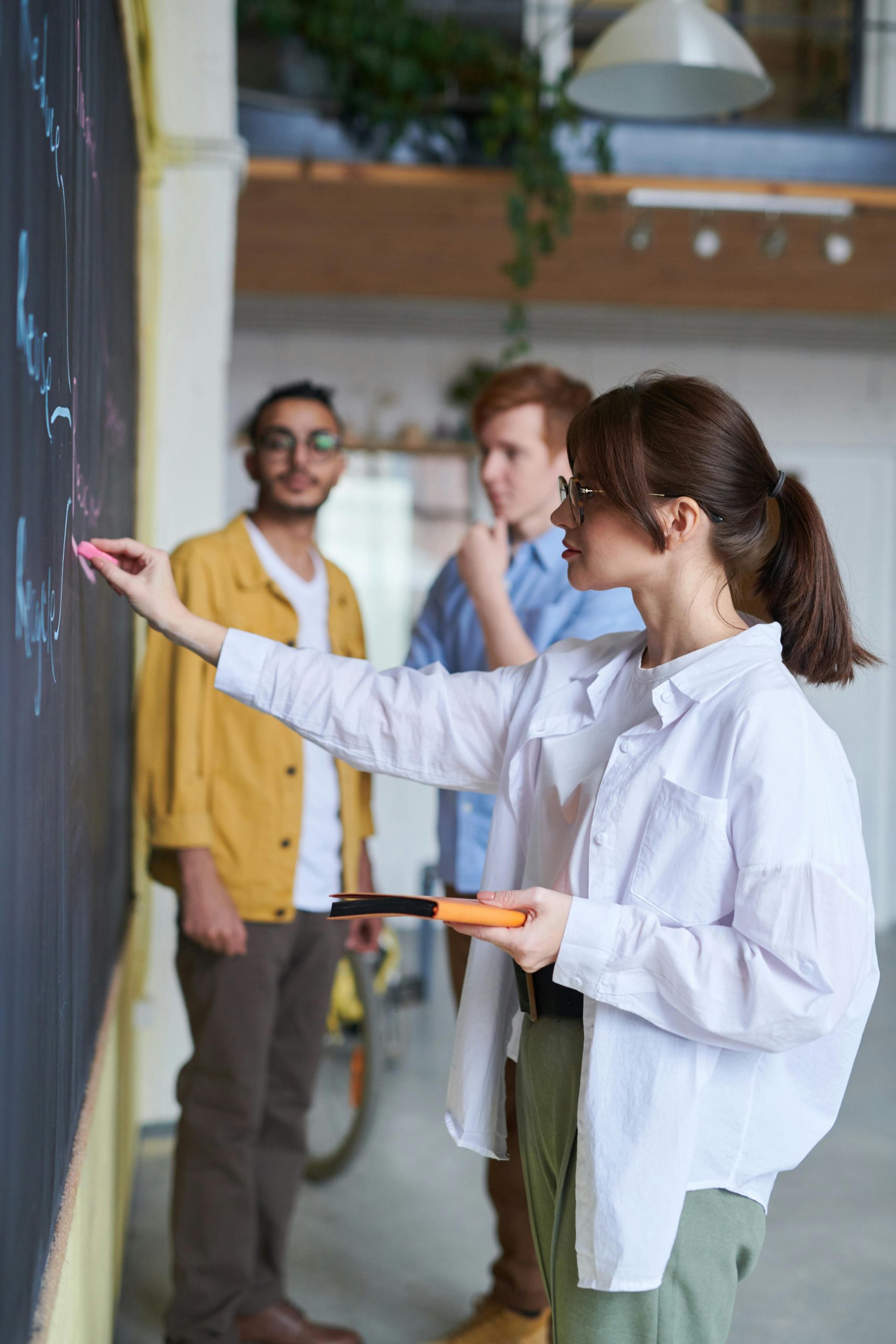Keeping Curiosity Alive
The first step in innovation is curiosity. Learning new things, taking an interest in different fields, and constantly asking questions lays the groundwork for creativity. High school students can broaden their perspectives by going beyond their class subjects and researching different fields such as technology, social entrepreneurship, the environment, and art.
Thinking Critically and Analytically
To develop an idea, you need to question and analyze it. Critical thinking means not only seeing mistakes but also discovering opportunities for improvement. Debate and brainstorming sessions in entrepreneurship clubs reinforce this skill.
Drawing on Different Experiences
Another important source of innovative thinking is learning from different experiences. High school students can develop innovative perspectives by participating in volunteer projects, engaging in social responsibility initiatives, and connecting with mentors from diverse fields.
Regularly Brainstorm
The most distinctive feature of environments where creative ideas are born is that they encourage free thinking. Brainstorming regularly with friends or club members makes it easier to break out of habitual thought patterns.
Reading and Research
Innovative ideas are based on a broad knowledge base. Reading both within one’s own field and across different disciplines enriches young people’s thinking. Examining successful entrepreneurial stories, in particular, can be inspiring.
Keeping a Daily Journal and Creating an Idea Journal
Ideas that come to mind in an instant are very likely to be forgotten. Therefore, keeping an “idea journal” systematizes innovative thinking. You can set aside a few minutes each day to write down your new ideas or observations.
Learning from Mistakes
One of the most important elements of innovation is learning by doing. Mistakes made during the trial and error process open the door to new solutions. High school students should gain experience without fear of making mistakes in small projects.
Collaboration and Networking
Innovative thinking is enriched by different perspectives. Meeting new people, exchanging ideas, and developing joint projects through clubs, competitions, hackathons, or online communities reinforces this habit.
Problem-Solving Games and Workshops
Activities such as logic games, design-focused thinking workshops, and creative writing engage different parts of the brain. This helps innovative thinking develop like a muscle.
Flexible Mind and Patience
An innovative idea does not always succeed on the first try. That’s why it’s necessary to be patient and manage the process with a flexible mind. Constantly receiving feedback and refining the idea over and over again is a natural part of the entrepreneurial journey.
Conclusion
Innovative thinking is not an innate talent; it is a skill that can be consciously developed. Keeping curiosity alive, thinking creatively, learning from mistakes, understanding different perspectives, and constantly learning enable high school entrepreneurs to create projects that make a difference in the future.
Thanks to these habits, you too can bring your innovative ideas to life, contributing to your own development and adding value to society.




